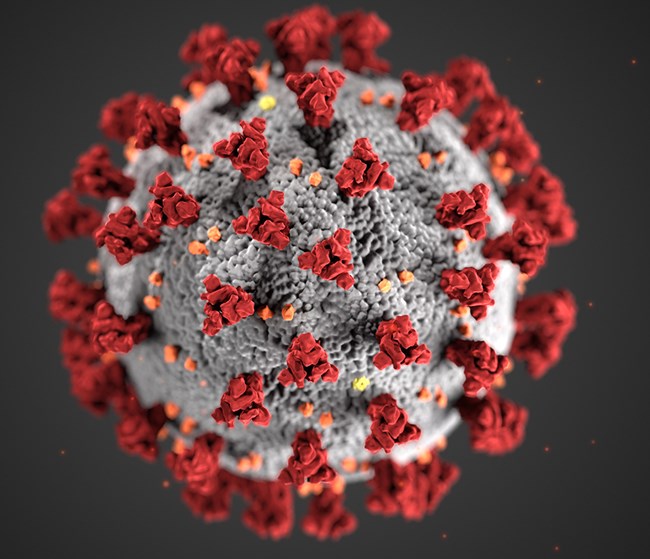
As Retraction Watch readers may know, as part of keeping our database of retractions up to date, we’ve been publishing a running list of COVID-19 papers that have been retracted. That list has been steadily growing since the end of April, but yesterday the number jumped from 45 to 72, so we thought we’d walk through where the additional retractions came from.
Ten of the new retractions are from one publisher — Elsevier — and for one reason: Elsevier screwed up. How? Well, they published these ten papers twice. The error has nothing at all to do with the authors or the quality of the work, according to the notices. We’ve commented on this phenomenon before.
We’ve divided the list of retractions into three groups: Retracted, Retracted due to journal error, and Retracted and reinstated. Those in the last category have simply been replaced without notice — also often by Elsevier. And we have removed the “temporarily retracted” category, but noted in the Retracted list if a paper is — perhaps for months — marked that way. (We also include a list of expressions of concern that doesn’t count toward the 72.) For reasons we explain on the page, we count withdrawals as retractions.
Some of these new entries seem to be part of a tradition of releasing bad news while everyone is on vacation during the last few weeks of the year, and potentially not paying attention. Sorry — not sorry — we thwarted that strategy.
And a hat tip for some of them goes to CoronaCentral’s list of retractions. That automated list, which as of this writing has 45 entries, is missing about half of COVID-19 retractions, because it includes some duplications — the original paper and the retraction notice counting as two separate entries, for example — and at least one paper that isn’t actually retracted, but has “retraction” in its title. But the site’s algorithm picked up some we didn’t have, so thanks!
As we’ve noted elsewhere, it’s too early to make any sense of COVID-19 retraction rates. As large as 72 seems, it’s a tiny fraction of the number of papers about COVID-19 published, which one estimate has at a quarter million at the time of this writing. That would mean a rate of .03%, which is lower than the .04% rate across the literature.
Of course, they have all happened within a year, which is less time than retractions take on average. But that is almost certainly due to increased scrutiny. So again: Too soon to tell.
Check out our list here — and be sure to let us know if we’re missing any.
Like Retraction Watch? You can make a tax-deductible contribution to support our work, follow us on Twitter, like us on Facebook, add us to your RSS reader, or subscribe to our daily digest. If you find a retraction that’s not in our database, you can let us know here. For comments or feedback, email us at [email protected].